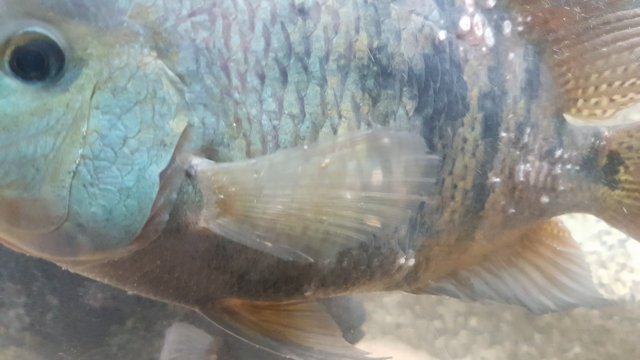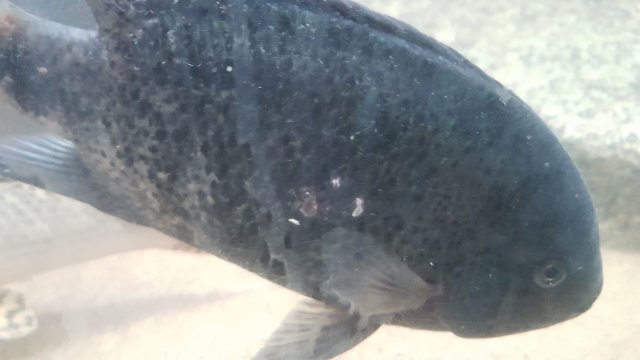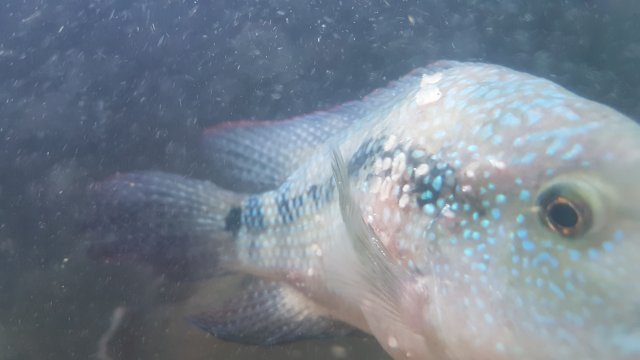To me 30ppm nitrate is not low enough, water changes should be frequent and large enough to bring nitrate down to at least 10ppm.
Since Lymph (if that's what's on your fish) is viral, its the fishes own immune system that needs to defeat it.
Since most meds are toxins, using a med that is ineffective against a virus can be counter productive.
And I consider 30ppm nitrate to be chronically deleterious for even healthy fish, and try to keep healthy fish at 10ppm or preferably below .
As soon as my tank hits 10 ppm, I do a 50% water change.
I agree on the medication point, hence why I only briefly used antiseptics in an attempt to sterilize the wounds caused by the virus.
I'm at an impasse, I would be getting a larger tank, but in order to do so I have to prematurely remove my grown outs from my 90 gallon and sell it to make room for a 400 gallon. But to do that, I'd have to introduce them to my 210, where I'm having a lympho flair up and that would only worsen the immediate situation (and they may just get eaten). I have people interested in buying multiple fish that would reduce the bioload, but they rightfully want to wait till the flair up ends. Due to my work schedule there is no way to lower my nitrates beyond what I'm currently achieving.
I've cleared up lympho before multiple times at work with significantly less effort in significantly overstocked tanks and at home over the years, but this looks somewhat different with how the lesions develop and the time frame is bizarre even for higher nitrate concentrations. There are lesions that grew in August, stopped growing after a day or two, and have remained unchanged to this day. This is extremely atypical to my experience where it grows in clumps and changes in size, as opposed to pushing out individual scales and remaining unchanged.














